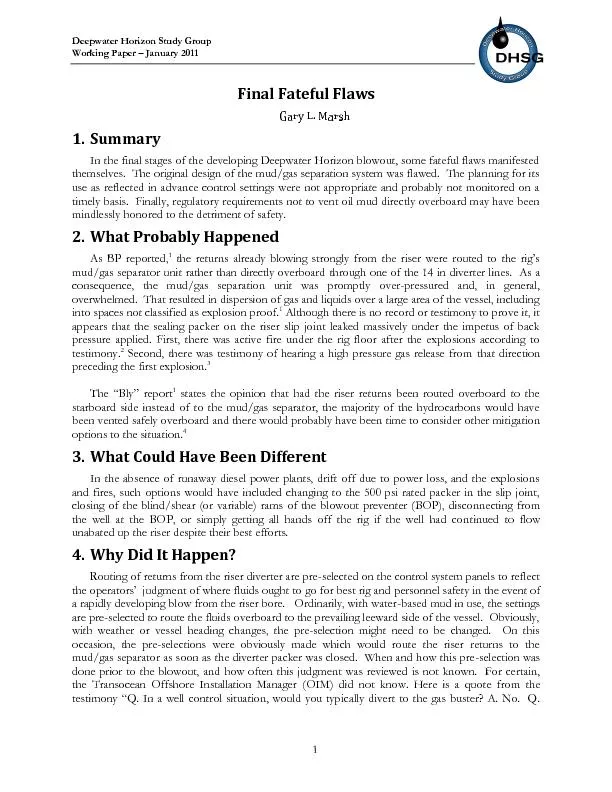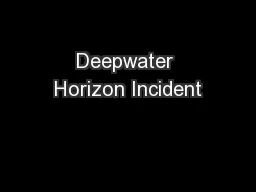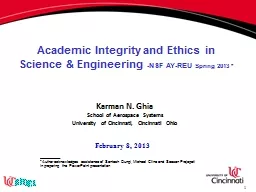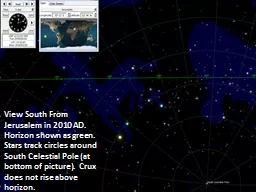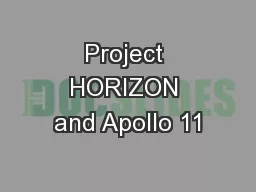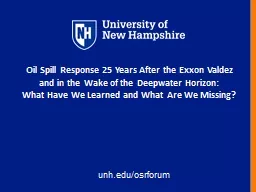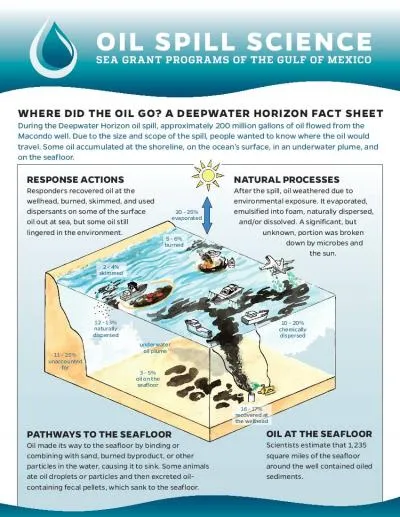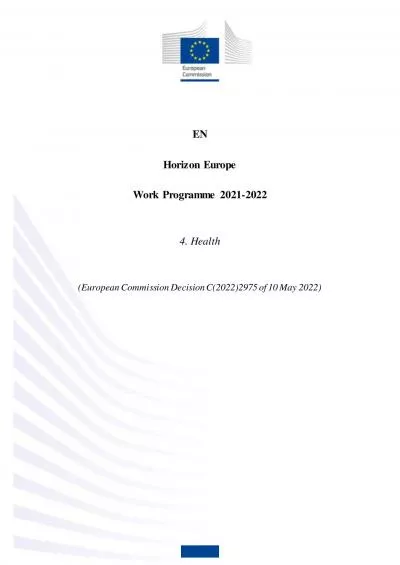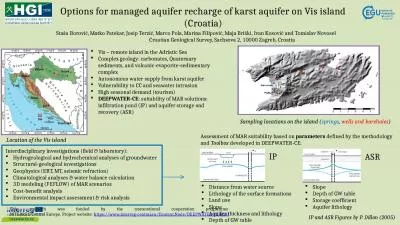PDF-Deepwater Horizon Study Group
Author : celsa-spraggs | Published Date : 2016-03-24
Working Paper x2013 January 2011 1 F inal F ateful F laws Gary L Marsh 1 Summary In the final stages of the developing Deepwater Horizon blowout some fateful flaws
Presentation Embed Code
Download Presentation
Download Presentation The PPT/PDF document "Deepwater Horizon Study Group" is the property of its rightful owner. Permission is granted to download and print the materials on this website for personal, non-commercial use only, and to display it on your personal computer provided you do not modify the materials and that you retain all copyright notices contained in the materials. By downloading content from our website, you accept the terms of this agreement.
Deepwater Horizon Study Group: Transcript
Download Rules Of Document
"Deepwater Horizon Study Group"The content belongs to its owner. You may download and print it for personal use, without modification, and keep all copyright notices. By downloading, you agree to these terms.
Related Documents

